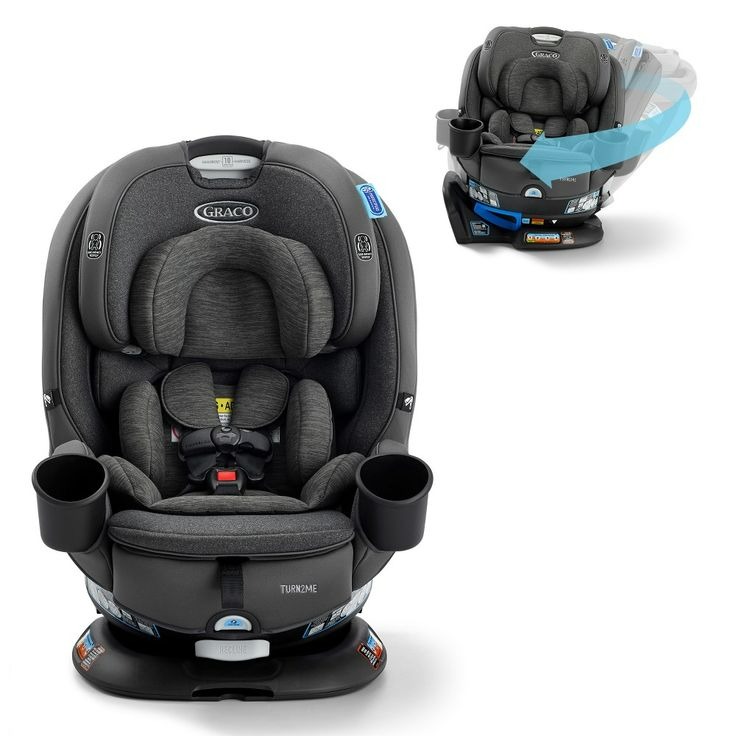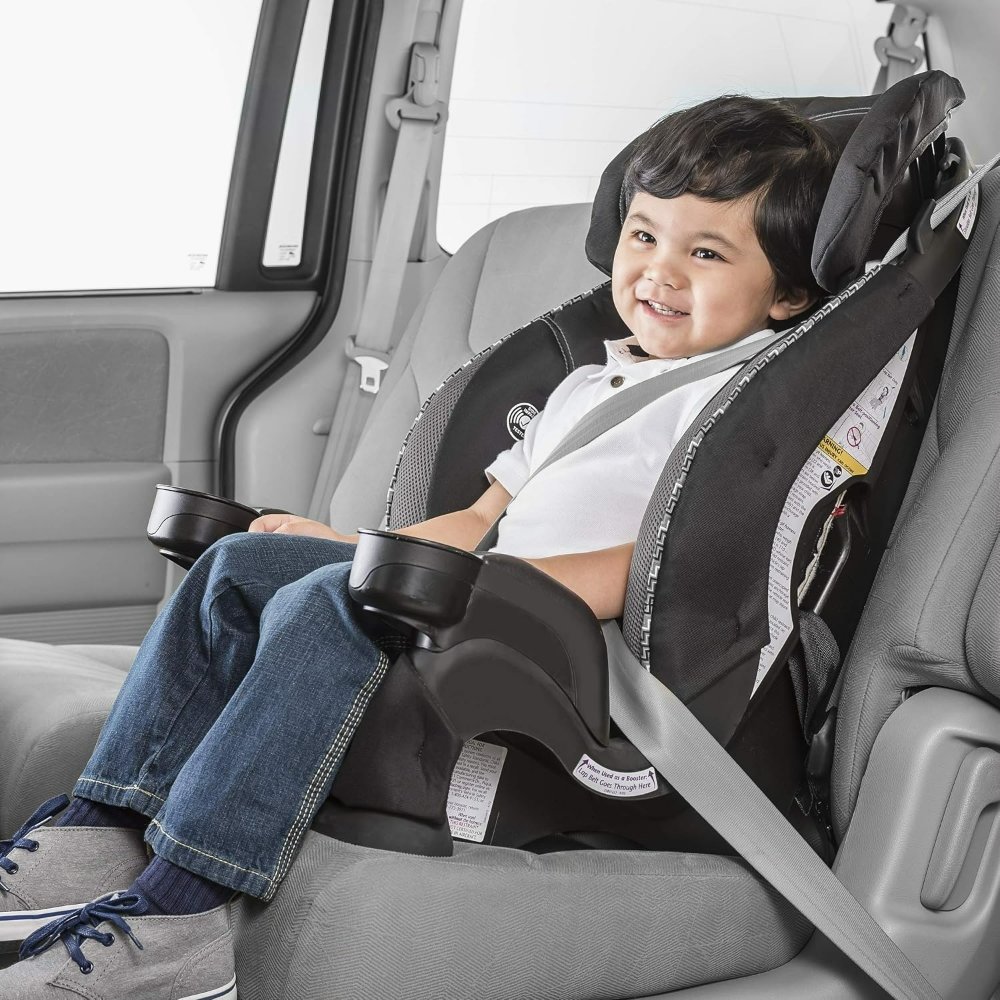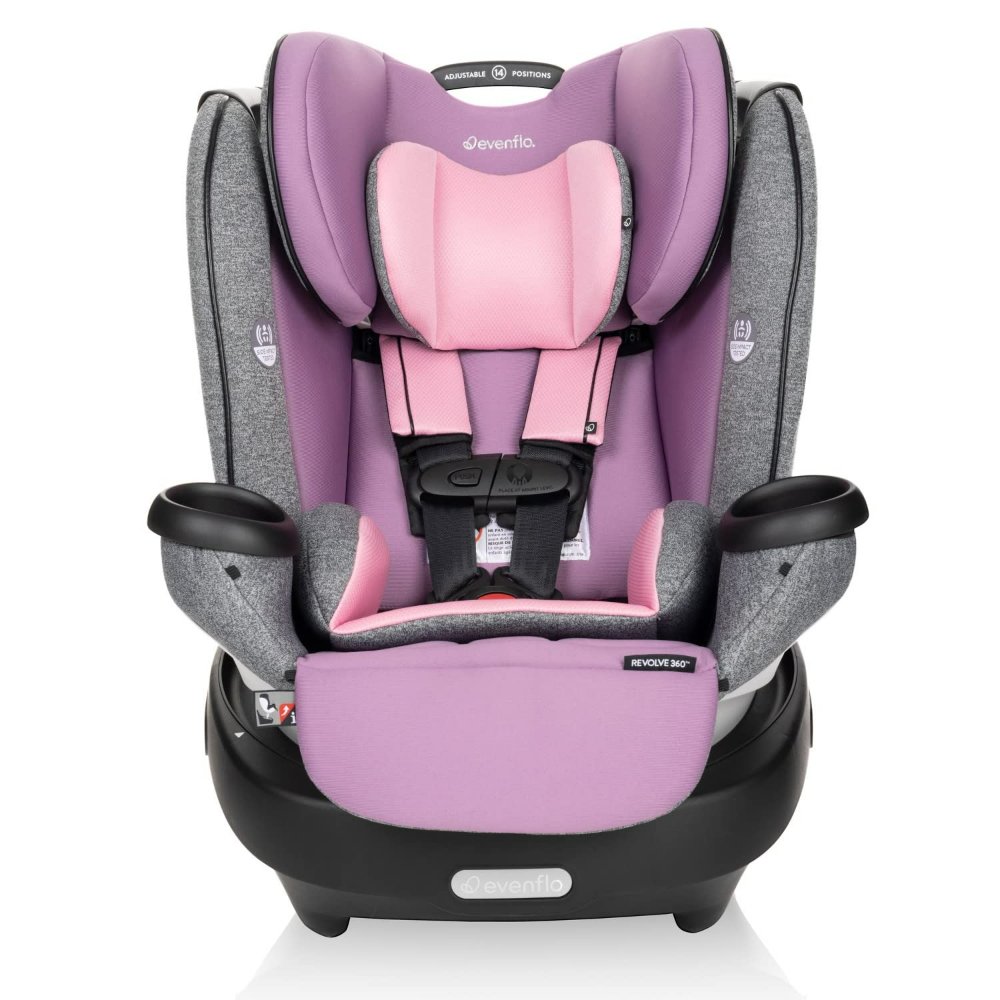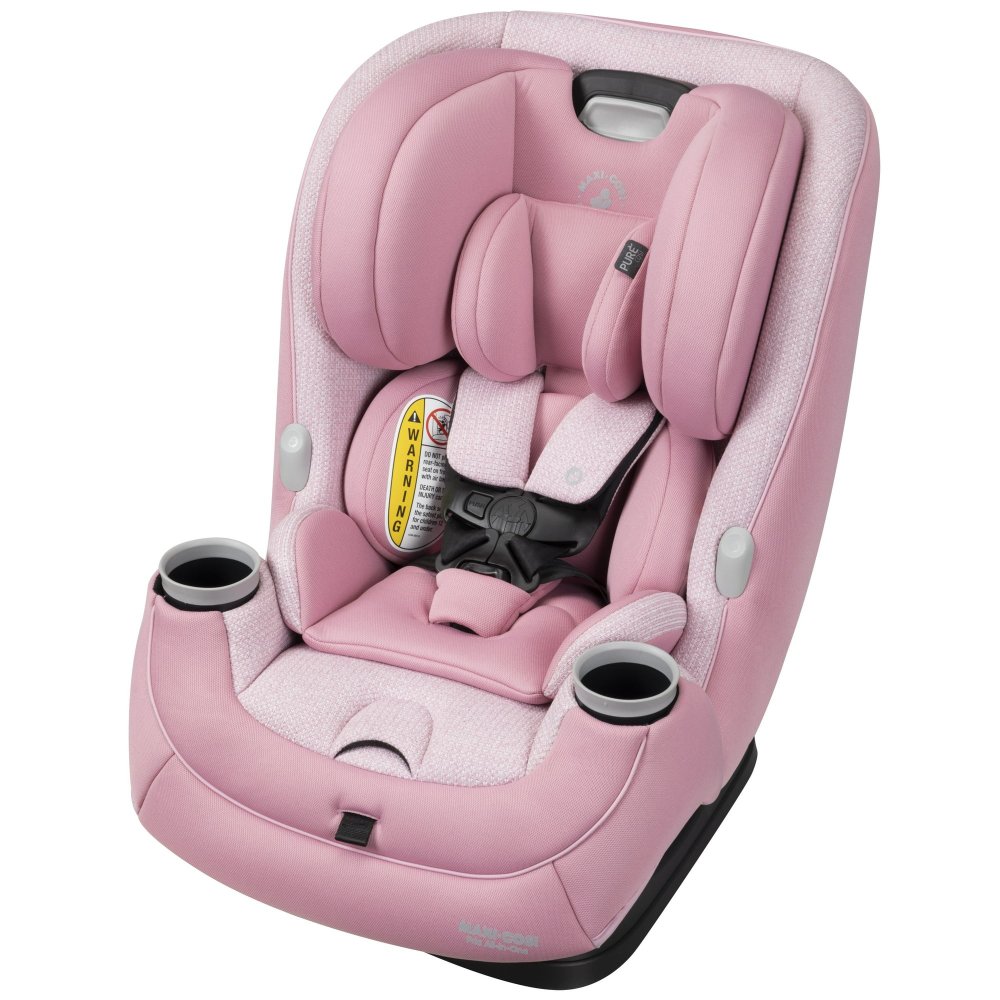Introduction to Car Seats for 3-Year-Olds
When a child reaches the age of three, they often outgrow their infant car seat. Finding a new, suitable car seat for a 3-year-old can seem daunting. But, it’s critical to ensure their safety and comfort during travel. The right car seat for a toddler should match their size, weight, and height. It should also comply with safety standards and be easy to install. Look for versatile car seats accommodating growth spurts and offering longevity. Comfort features, like padding and recline options, can help make journeys smoother. In this introduction, we’ll overview what to consider when choosing a car seat for your 3-year-old.
Importance of Safety Standards: ECE R44 and R129 Explained
When choosing a car seat for a 3-year-old, understanding safety standards is crucial. There are two main standards: ECE R44 and R129.
ECE R44
The ECE R44 is an older regulation, based on a child’s weight. It classifies car seats into groups. For a 3-year-old, you would likely need a Group 1 or Group 1/2/3 car seat. Group 1 is for children weighing 9-18kg, usually from 9 months to 4 years.
R129 (i-Size)
R129, also known as i-Size, is a newer safety regulation. It uses a child’s height as the main criteria. i-Size seats offer improved side impact protection and require rear-facing seats for children up to at least 15 months old. They must also be installed using ISOFIX, which reduces the risk of incorrect fitting.

Key Differences
The main differences between ECE R44 and R129 are the criteria for seat selection (weight versus height) and the mandatory use of ISOFIX for i-Size seats. Above all, both standards aim to ensure safety for children in vehicles.
Compatibility
Before buying a car seat, make sure it is compatible with your vehicle. Not all cars have ISOFIX points, which is necessary for i-Size seats. Check your vehicle’s manual or with the manufacturer.
Safety standards evolve, and it’s vital to choose a seat that complies with the latest regulations. This assures that your child has the highest protection level possible during car journeys.
Key Features to Look for in a Car Seat
When shopping for the ideal car seat for a 3-year-old, certain key features should guide your decision. Safety is paramount, but ease of use, durability, and adaptability also hold significant importance. Here’s what you need to focus on:
- Five-Point Harness: This offers optimal restraint and reduces the child’s movement during a collision. Look for padded harnesses for extra comfort.
- Side-Impact Protection: A car seat with built-in side-impact protection helps shield your child from all angles.
- Adjustability: Seats should be adjustable in height and width to accommodate your growing child, ensuring a secure fit for years to come.
- Ease of Installation: Pick a seat that’s straightforward to install, preferably with clear instructions and indicators to confirm correct fitting.
- ISOFIX Compatibility: If your car supports it, a seat with ISOFIX anchors can simplify installation and enhance stability.
- Longevity: A car seat that transforms into a booster seat can save money and the effort of purchasing another seat in a few years.
- Comfort Features: Consider ample padding, multiple recline positions, and breathable fabrics for longer, contented journeys.
- Cleaning Ease: Removable and washable covers are a bonus, keeping maintenance hassle-free and the seat hygienic.
Ensure any car seat you consider meets the current safety standards, either ECE R44 for weight-based selection or R129 (i-Size) for height-based selection. Prioritize these features, and you’ll find a car seat that provides peace of mind on the road and comfort for your little passenger.

The Role of ISOFIX in Car Seat Installation
Choosing the right car seat for your 3-year-old involves more than just fit and comfort. ISOFIX plays a pivotal role in car seat installation, offering a secure and easy way to attach the seat directly to your vehicle. ISOFIX points are built into cars, providing a rigid connection that optimizes safety. This system is designed to eliminate common mistakes in installation, which can compromise your child’s safety.
When selecting a car seat with ISOFIX, check for the following:
- ISOFIX Compatible Car: Ensure your vehicle has the ISOFIX anchorage points.
- Clear Indicators: Look for seats with visual or auditory indicators confirming correct installation.
- Ease of Use: ISOFIX systems simplify the fitting process, making it quick and less stressful.
- Stability: An ISOFIX car seat offers less movement in the event of a crash, enhancing protection.
- International Standards: Choose a car seat that adheres to the highest safety standards, such as i-Size (R129) which requires ISOFIX.
It’s important to note that while ISOFIX offers significant advantages, not all vehicles are equipped with the system. Always verify your car’s compatibility before purchasing an ISOFIX car seat. Furthermore, proper use of ISOFIX anchors is essential for the system to be effective, so be sure to follow the manufacturer’s installation guide carefully. By selecting a car seat with ISOFIX, you ensure a more robust and reliable safety setup for your little one on the road.
Top Choices: Best Car Seats for 3-Year-Olds Reviewed
When scouting for a reliable car seat for a 3-year-old, we’ve looked at various top-rated options. Parents value secure, adaptable, and comfy picks for their toddlers. Below are car seat for 3 year old choices gaining approval from families and safety experts.
Joie Elevate 2 – Best Overall Car Seat for 3-Year-Olds
A favorite among parents, the Joie Elevate 2 stands out for its adaptability. It meets safety needs with its five-point harness and side impact protection. It transitions from a harnessed car seat to a booster, making it a solid long-term option.
Joie i-Spin XL – Best for Suitability from Birth
This car seat grows with your child from birth to age 12. Its 360-degree spin feature and multiple recline settings heighten convenience and comfort. It’s heavy but offers sterling safety credentials.
John Lewis Swivel i-Size Car Seat – Best for Rear-Facing Design
This i-Size car seat ensures extended rear-facing use, providing added neck and head safety. It comes with a swivel feature for easy child placement and removal. Parents find it bulky but value its comfortable and quilted materials.
Silver Cross Motion All Size 360 Car Seat – Best for 360 Design
An all-stages seat, this model adapts over the years. It’s i-Size compliant and impresses with a rotating feature, multiple headrest and recline positions, and bamboo fabric for comfort.

Joie Bold Group 1/2/3 Car Seat – Best for Longevity
With three-in-one functionality, this car seat caters from 9 months to 12 years. Its forward-facing design includes solid safety features like side impact protection and a secure harness.
Maxi-Cosi Titan Plus – Best Convertible Design
Notable for its plush inlay and ClimaFlow technology, it ensures comfort and proper temperature control. Easily transitions to a high-backed booster and comes with a GrowSafe headrest.
Cybex Silver Solution X-Fix – Best with ISOFIX
ISOFIX installation makes this one a cinch to set up. Its sleek design and strong safety features, like built-in side protection, cater to kids from age three.
Cosatto Zoomi Car Seat – Best for Forward-Facing Design
Famed for its eye-catching designs, this car seat covers the 9 months to 12 years range. Though not ISOFIX compatible, it’s secure, comfy, and features side impact protection.
Each selection here has unique features, but they all focus on essential aspects like safety, comfort, and easy installation. Ensuring you have the right car seat for your 3-year-old means balancing these elements with your family’s specific needs.
Considerations for Comfort: Padding and Recline Options
When choosing a car seat for a 3-year-old, comfort is key. Not only does a comfortable seat help ensure that your child enjoys the ride, but it can also impact their safety. A child who is content in their seat is less likely to squirm around, which means they are more likely to stay properly secured. Here are some comfort considerations to keep in mind:
- Padding: Look for a car seat with ample cushioning. Soft padding supports your child’s body, especially during long trips.
- Recline Options: Seats with multiple recline positions offer flexibility. They allow your child to sit up when active or lie back when sleepy.
- Headrest: An adjustable headrest can provide extra comfort. As your child grows, you can move it to support their head and neck.
- Materials: Breathable fabrics help maintain a comfortable temperature. This is important in both warm and cool weather.
- Armrests: Car seats with armrests can make a big difference. They give your child a place to rest their arms, adding to their comfort.
- Cup Holders and Storage: Handy for drinks and snacks, these features keep essentials within reach.
Ensure the car seat you choose offers these comfort features suited to your child’s needs. A seat that grows with your child and provides consistent comfort is likely to be a lasting and cherished part of your family’s travels.
Transitioning to Booster Seats: When is the Right Time?
When your child is growing, knowing when to switch to a booster seat is important. Here is what to consider:
- Weight and Height: Check if your child surpasses the weight or height limits of their current seat.
- Seat Belt Fit: In a booster, the car’s seat belt should fit properly. The lap belt must lie snug across the upper thighs, not the stomach. The shoulder belt should cross the middle of the child’s chest and shoulder.
- Sitting Properly: Ensure your child can sit comfortably in the booster without slouching.
- Legal Requirements: Learn about the laws in your area for using booster seats.
- Ready to Stay Put: A booster offers less restraint. Make sure your child is mature enough to stay seated without wiggling out of the seat belt.
- Expert Advice: Consult with a child passenger safety technician if unsure.
Most kids are ready for a booster seat between 4 and 7 years old. Always prioritize your child’s safety when deciding to transition to a booster seat.
Installation Tips and Common Mistakes to Avoid
Installing a car seat correctly is crucial for a child’s safety. Follow these tips and avoid common mistakes:
Choose the Right Seat
Firstly, ensure the car seat suits your 3-year-old’s weight, height, and age. A poorly fitted seat can be dangerous.
Read the Manual
Car seats come with detailed instructions. Read them carefully to understand the installation process fully.
Use ISOFIX If Available
If your car has ISOFIX points, use them. They make installation easier and more secure.
Check for Indicators
Some seats have indicators or a click sound that signifies proper installation. Don’t ignore these.
Avoid Second-hand Seats
Used seats may have hidden damage or may not meet current safety standards. Always buy new when possible.
Tighten the Harness
The harness should be snug. You shouldn’t be able to pinch excess webbing after buckling your child in.
Don’t Rush
Take your time with installation. A rushed job can lead to mistakes.
Correct installation is as important as choosing the right car seat. By avoiding these common pitfalls, you’ll ensure your 3-year-old’s ride is as safe as possible.
Conclusion: Making an Informed Decision for Your Child’s Safety
Selecting a car seat for your 3-year-old is a crucial decision that impacts their safety and comfort during car travel. It requires careful consideration of various factors, such as compliance with safety standards, the car seat’s features, and whether it is suitable for your vehicle. ECE R44 and R129 (i-Size) are two important safety standards to understand and adhere to, with each offering different specifications based on weight or height respectively.
The right car seat should have a five-point harness, side-impact protection, be adjustable, easy to install, and offer comfort features such as padding and recline options. The introduction of ISOFIX in cars has significantly improved the ease and correctness of car seat installations, providing parents with additional peace of mind.
Comfort is another vital aspect to consider. A car seat that can grow with your child, offers ample padding, and has multiple recline positions will ensure that your little one is happy and comfortable on journeys long and short. Do not forget to check for an adjustable headrest and breathable materials, which contribute greatly to your child’s well-being.
As your child grows, you will need to consider transitioning to a booster seat. This change should only occur once your child exceeds the height or weight limit for their current seat, can sit correctly without slouching, and the vehicle’s seat belt fits them properly across the lap and chest.
Installing a car seat can be challenging, but by following the manual closely, using the ISOFIX system where available, and ensuring that the harness is correctly tightened, you can minimize the risk of installation errors. Remembering that each child is unique and different, always prioritize their specific safety needs over convenience or aesthetic aspects.
In summary, choosing the best car seat for a 3-year-old demands a balance of safety, comfort, and practicality. By considering all of these elements and making an informed decision, you are taking an essential step in protecting your child on every journey.
